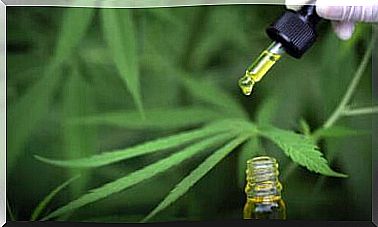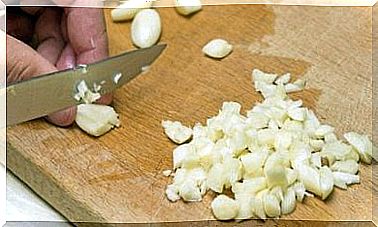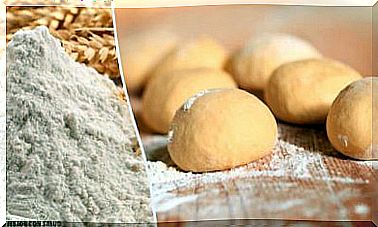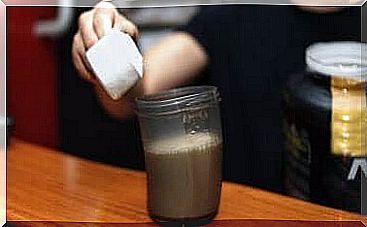Advice For The Production And Planting Of Cuttings
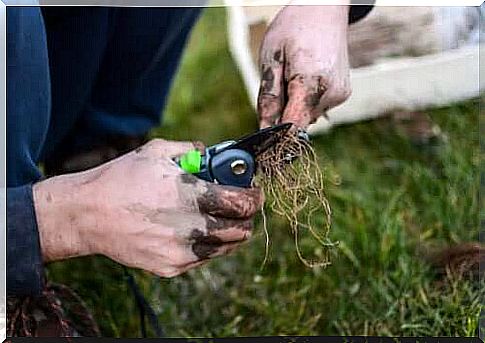
Have you ever heard people talk about planting cuttings? By doing this you can give pieces of branches, shoots or pruned stems a chance to reproduce. This is beneficial because the cultivation process does not start from seed.
In the same way, you will then have a mother plant that does not allow genetic variations. The only downside to this, however, is that if you do not know how to cut the segments, or if you do not ensure that they are free of insects, sowing will not succeed.
Remember that multiple ailments can attack your garden. That said, we’ll take a closer look at how to make and plant cuttings!
How to make cuttings
Cuttings come from trees, flowers, herbs and even shrubs. The key is to make sure the plant supports this propagation method because not everyone does. You also need to perform the basic cut correctly. Do this carefully to ensure that you do not damage the plant.
This process involves cleaning the plant and removing inferior leaves and flower buds. This is so that they do not consume the nutrients that are essential for the roots to grow.
Prepare a pot with a sandy layer and then plant cuttings in it so that there is space between them. To improve their rooting, add hormones to them before planting.
When it comes to watering them, do so often by spraying them with water, and when they start to grow, cover them with a plastic bag. Once they have taken root, you can move them to the place where you want them.
Advice for planting cuttings
Planting cuttings does not just mean cutting a piece of a plant, burying it and watering it. Use the advice we offer below to help your cuttings take root and grow healthy.

1. Cut it at the right moment
The best seasons are autumn and winter. Plants do not suffer damage by not having flowers. When it comes to the cutting technique, be sure to cut horizontally from the bottom of the section, between 20 and 40 centimeters.
2. Choose the best pieces
It is better to choose mature branches that are older than one year and younger than four. This way you get the best results.
Use the correct soil for planting cuttings
The mixture you use depends on the nature of the plant. In fact, you can find compost for specific crops such as succulents, rose bushes and shrubs in stores. Among the most commonly used is a mixture of water and fertilizer or a layer of sand or soil with moist organic material.
4. Make sure there is enough sunlight
The sunlight your cutting gets does not have to be direct. Partial sunlight is ideal in the first phase. Some people support this part with pull-out whitish blinds. When the cuttings take root, you can increase the light intensity.
5. Keep an eye on the moisture level
You often need to water cuttings, but in the beginning you may notice that they wither. Do not completely saturate pots or trays. By putting cuttings on stones, you can help prevent capillary action. You can also better maintain the optimum moisture level for the soil.
6. Do not move them without roots
Do not change the location of your cuttings without making sure they have taken root. You can test this with a gentle pull to see if they stand up. With this resistance test you can check if it is time to plant cuttings in another pot or a specific area in your garden.
7. Use good quality tools
A common mistake is to use tools without disinfecting them or using damaged tools. This way you can transmit diseases to the new plants and the plants that are around them. Clean your tools and try to keep them sharp so you can work comfortably.
What plants can you make cuttings from?
Growing plants from stems and sprouts is not a good idea for every species as some plants will only reproduce through seeds. Some of the plants that thrive on planting cuttings are the following:
Roses
Roses should be sown directly to their final location. For cuttings, the cut should be about 30 centimeters and planted directly into the ground without first being placed in a container with water.
Lavender
You should plant lavender in colder environments, with sections measuring between five and eight inches. The cuts should be sharp.
Planting Cuttings: California Poppies
For cuttings, cut sections of approx. five centimeters.
Stork’s beak
Contrary to what you may think, cut them when they are withered, preferably the trunk, to make cuttings of stork beaks.
The incision should be about eight to twenty inches. These plants will bring beautiful flowers and leaves that many people use in cleaning products.
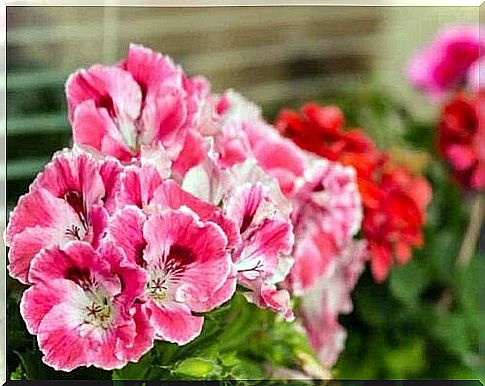
Kongebegonie
With just one leaf, you get an incredible result. Just saw the cutting of about 2.5 centimeters in moist and loosely packed soil. People have these plants both indoors and outdoors.
Planting cuttings: Willow
When it comes to these trees, use branches that are not too young or thick for cuttings. Once they take root, you can move them to a pot or bed.
In their initial stages, you can use willow to practice how to care for bonsai trees.
Water as an alternative to planting cuttings
Although you need to control the humidity when planting cuttings, an alternative method is to use water. We recommend that you put hormone powder or gel in the lower end of the cuttings to help with the process of taking root.
Put the cuttings in a bottle of water for two weeks so that new roots can form. Then move it to the ground as the roots develop. For compost you can use perlite or vermiculite. You should water it every 3 days.
Planting cuttings requires precision
We can think of cuttings as cloning of plants, which is why precision in every step of the cultivation process is crucial. In fact, each plant’s reproduction will generate new plants that are identical to the original.
You may have once taken a stalk and planted it in a pot in the hope that it would bloom. If not, you may have done something wrong.
Whether you are an experienced gardener or not, with patience and a good guide, you will have success both in planting and caring for your cuttings!
